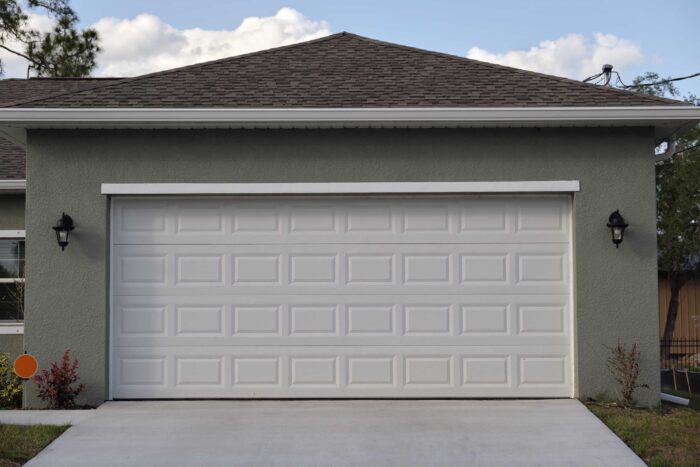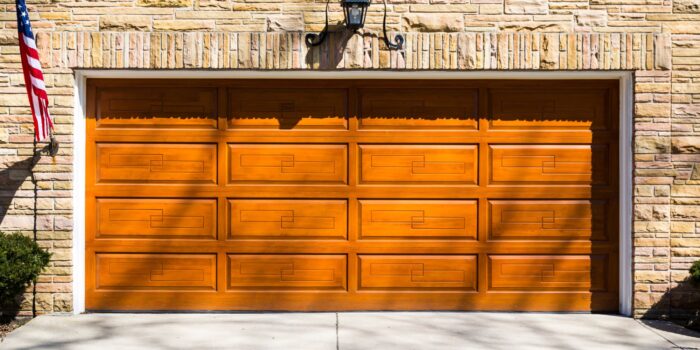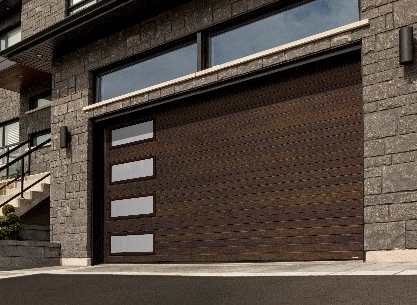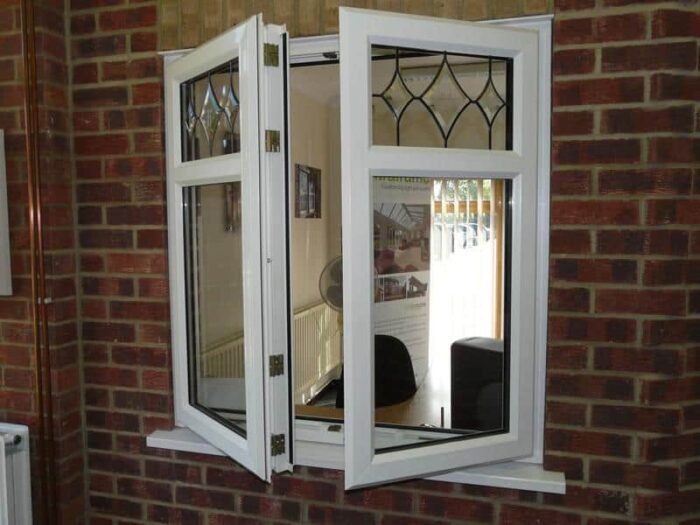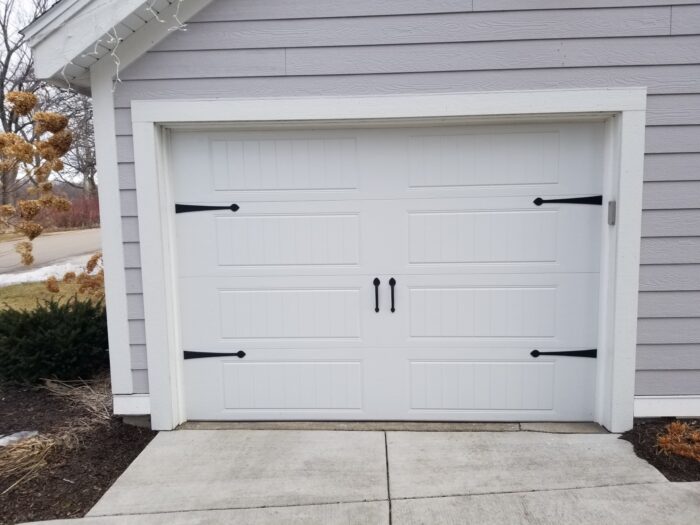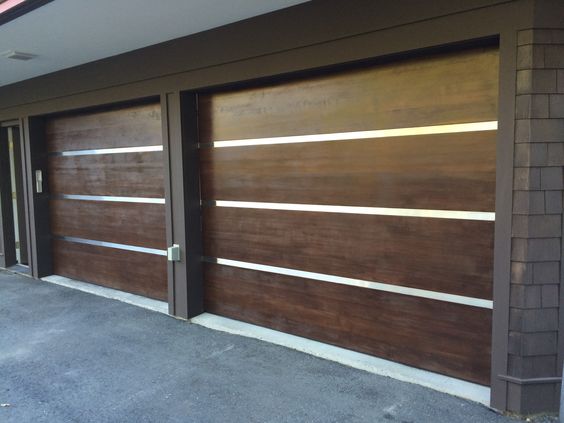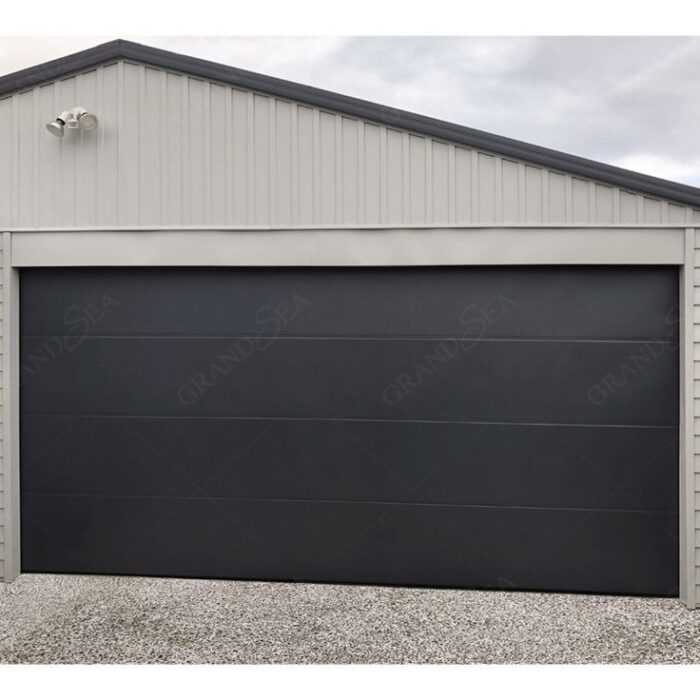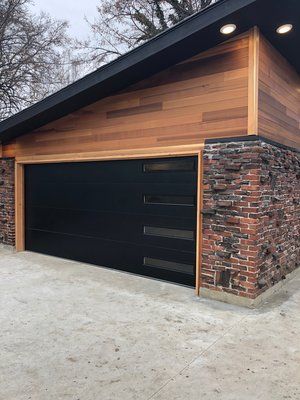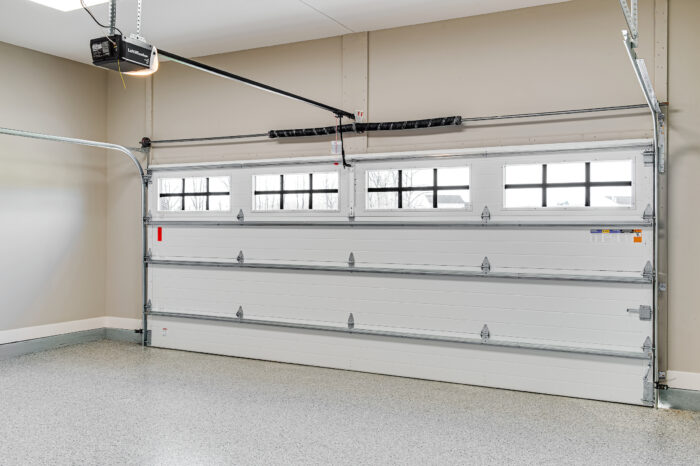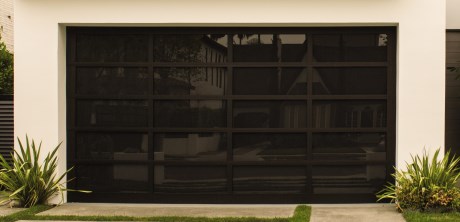Replacing a Garage Door Repair Grapevine,TX is a manageable DIY project for many homeowners.

This guide will take you through the process step by step, providing you with valuable insights and tips along the way. Before you begin, make sure you have the necessary tools and a new garage door opener kit ready.
Step 1: Safety First
Safety should always be your top priority when working on any DIY project. Ensure that the power to your garage door opener is disconnected. This typically involves unplugging it from the electrical outlet and turning off the circuit breaker. Additionally, wear safety goggles and work gloves to protect your eyes and hands.
Step 2: Gather Tools and Materials
Here’s a list of tools and materials you’ll need for the project:
- New garage door opener kit
- Screwdriver set
- Adjustable wrench
- Stepladder
- Drill with bits
- Socket and ratchet set
- Safety goggles
- Work gloves
- Wire strippers and connectors
- Pliers
Step 3: Remove the Old Opener
- Locate the power source and disconnect it as mentioned in Step 1.
- Unbolt and remove the brackets securing the opener to the ceiling and the wall.
- Disconnect the opener from the door by detaching the arm that connects them.
- Lower the opener gently to the ground and remove it from your garage.
Step 4: Install the New Opener
Follow the manufacturer’s instructions carefully for your specific garage door opener model. However, here is a general outline:
- Assemble the opener components according to the provided instructions.
- Attach the rail to the header bracket on the garage door using the supplied hardware.
- Install the motor unit to the ceiling, making sure it is level and securely fastened.
- Connect the rail to the motor unit, following the manufacturer’s instructions.
- Attach the trolley to the chain or belt, and then attach the trolley to the rail.
- Install the sensor system according to the manufacturer’s guidelines, ensuring that they are aligned correctly.
- Connect the wall control panel and safety sensors to the opener unit.
Step 5: Wiring and Electrical Connections
- Follow the wiring instructions in the opener’s manual to connect the power cord to the ceiling outlet.
- If necessary, use wire strippers and connectors to make secure electrical connections.
- Reconnect the power source to the opener, either by plugging it in or turning the circuit breaker back on.
Step 6: Adjust and Test the Opener
- Adjust the opener’s settings according to your garage door’s weight and height, as specified in the manufacturer’s instructions.
- Test the opener to ensure it’s functioning correctly. Operate the door using the wall control panel and remote control, if provided.
- Make any necessary adjustments to the opener’s settings until the door operates smoothly and safely.
Step 7: Secure the Opener
- Fasten the opener securely to the ceiling and the wall using the provided brackets and hardware.
- Ensure all cables and wires are neatly secured and out of the way to prevent accidents.
Step 8: Perform a Safety Check
- Test the safety features of the opener, such as the auto-reverse mechanism. Place an object in the door’s path, and the door should reverse when it touches the object.
- Check the photoelectric sensors to ensure they are aligned correctly and functioning as intended.
Step 9: Final Touches
- Organize and secure any excess wiring or cables.
- Consider installing a surge protector to protect your opener from power surges.
- Program your remote controls and keypad according to the manufacturer’s instructions.
- Read and retain the user manual for future reference.
Step 10: Cleanup and Maintenance
Dispose of the old opener and any packaging materials responsibly. Perform routine maintenance on your new garage door opener as recommended in the user manual to ensure it continues to function smoothly and safely.
In conclusion, replacing Garage Door Repair Grapevine, TX can be a rewarding DIY project. By following these steps and heeding safety precautions, you can successfully install a new garage door opener and enjoy the convenience and security it provides for your home. If you’re ever unsure about any aspect of the installation, consult the manufacturer’s instructions or seek professional assistance.
Grapevine Gates & Garage Doors
601 W Wall St, Grapevine, TX 76051, United States
1-817-631-6355

